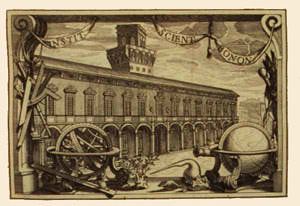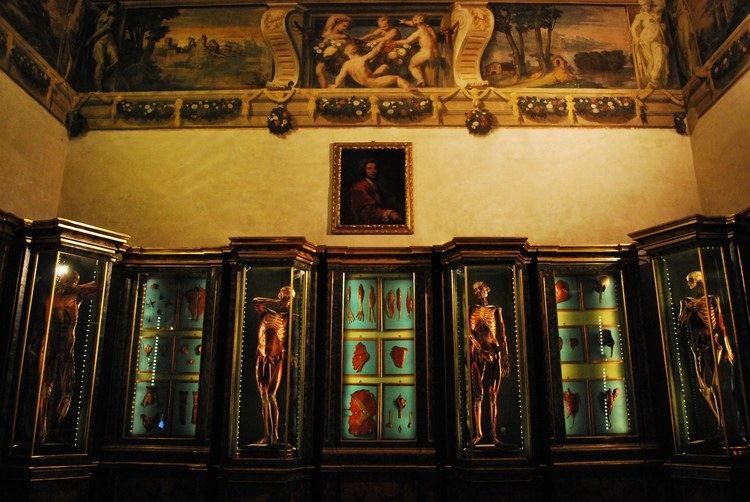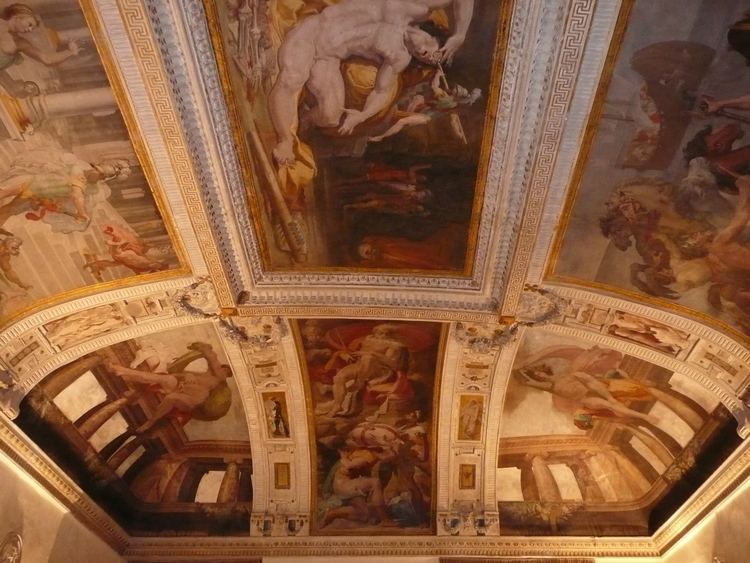Type Palace Country Italy Town or city Bologna | Address Via Zamboni, 33 Completed 1560 Opened 1560 Construction started 1549 | |
Similar Museo di palazzo Poggi, Archiginnasio of Bologna, Basilica of San Giacomo, Pinacoteca Nazionale di Bologna, San Petronio Basilica | ||
Edutainment virtual learning in palazzo poggi
The Palazzo Poggi is a palazzo in Via Zamboni 33, Bologna, Italy. It is the headquarters of the University of Bologna and of the rector of the university.
Contents
History
The Palazzo Poggi was built as the home of Alessandro Poggi and his brother the future Cardinal Giovanni Poggi. The building was erected between 1549 and 1560. The design of the Palazzo Poggi has been attribured to Bartolomeo Triachini. He was apparently given the commission for the Palazzo Poggi by the Bishop Giovanni Poggi shortly before he was elevated to Cardinal. Other sources attribute the design of the Palazzo Poggi to Pellegrino Tibaldi. Cardinal Poggi met Pellegrino Tibaldi after the painter moved to Rome in 1547, and later commissioned him to paint the Palazzo Poggi. Tibaldi, a native of Bologna, returned to the city in 1555 and painted frescos for the Cardinal in the palace and the family chapel. The frescoes are considered Tibaldi's masterpiece.
In 1714 the Palazzo Poggi became the House of the Instituto dell Scienze of Bologna. The Institute of Sciences was founded by Luigi Ferdinando Marsili. The Tower Observatory (La Specola) was built between 1712 and 1725. The library was built in 1744 following designs by Giuseppe Antonio Torri and Carlo Francesco Dotti. The collection of images was begun in 1754. The monumental Great Hall of the institute was added to the north side of the palace in the eighteenth century, opened in 1756.

The Institute of Science was a model learning establishment in Europe during the Age of Enlightenment and a key part of the University of Bologna. It enjoyed the protection of the Bolognese Pope Pope Benedict XIV (Prospero Lorenzo Lambertini). During the Napoleonic period, scientific equipment from the Institute was dispersed among different faculties (anatomy, optics, chemistry, geography, nautical science, physics, astronomy) and the historical collections were scattered in various museums. Only the library remained in the Palazzo Poggi, to form the nucleus of the future university library.

The Palazzo is now one of the main buildings of the University of Bologna. At the end of the twentieth century, a cultural project was promoted by the University to return and gather the dispersed collections back to their historic home.
Layout and usage

The current appearance of the Palazzo Poggi, with a large courtyard with loggia and a large staircase to the piano nobile is due to the interventions by Cardinal Giovanni Poggi.
The palace has fresco decorations mainly from the Mannerist and early-Baroque periods, the works include:
On the ground floor there is a hall dedicated to the poet Giosuè Carducci, the Aula Carducci, in which the poet gave lectures on the Italian language and literature for 40 years. Also on the ground floor there is the Hercules Room, holding a statue of the mythological hero sculpted by Angelo Piò in 1730. The palace also houses various university museums, the university rector, the Bologna University Library and the picture gallery, with over 600 fine portraits.
